I'm currently developing a product which has a simple SPDT relay that can be controlled by an operator. To the end-user, only the common, normally open and normally closed contacts are available. The relay is driven by circuitry in our device, which has a proper flyback diode.
Recently we had a problem with one of our prototype units where a technician connected the relay directly to an inductive load, without any sort of transient voltage suppression, which resulted in our wireless comms getting knocked out due to EMI, and probably also resulted in contact arching.
After making sure the problem was due to inductive spiking, it was quickly solved by connecting a proper flyback diode to the load.
While in this situation we had control over the loads we were connecting, this made me realize that I cannot trust that our end-users will actually install proper transient voltage suppression devices when using our product with inductive loads, no matter the amount of warnings and typical applications schematics that we may offer.
Now, obviously there are many solutions to inductive spiking, but the particular set of situations in which this device must work is making it very tricky to implement TVS:
1) The relay is a general purpose SPDT relay rated for 250VAC/120VAC @ 10A or 30VDC 8A. This means that the TVS circuitry must be able to handle both AC (mains or not) and DC, and currents up to 10A. This makes it impossible to find a PTC fuse, since most will not handle mains voltage, specially not at 10A.
2) The device will be installed in places where it will be impossible to replace anything, and safety is a major concern for us. If the client does not install a fuse and the relay fails shorted (which is rare, but can happen), they will most probably blame us. This also means I cannot use MOVs, gas discharge tubes, or any other TVS device with limited lifetime.
3) Any TVS devices must never fail shorted, and if they do, I must make sure to protect the load against a short like that.
I've tried a simulation of a RC snubber network, but these alone will do nothing with big enough inductive loads. Also, using bigger capacitors means more losses when working with AC. Ideally, 1nF would give enough impedance (above 1Mohm @ 50/60Hz) to make any losses insignificant.

Here are the results of a simulation with a big inductive load. Changing resistor and capacitor values only affects the time that the oscillations take to settle down and not peak voltage, which will surely kill any resistor or capacitors, or arc the contacts.
Back-to-back zeners together with a RC snubber network effectively limit the voltage spike, but since they have to block mains voltage, they'd have to block more than aprox. 350V (mains peak voltage) until they would start conducting, and I fear this is still a high enough peak to kill any wireless comms nearby with EMI.
So, am I completely hopeless in this situation?
Are there other TVS devices / techniques I can use in such a situation? If so, can I guarantee that they will not fail shorted, or at least that I will be able to protect against a shorted TVS device?
Or is just a RC snubber actually a good solution to this problem? If so, why? And how can I select appropriate parts for this?
Please remember that I do not have access to the actual load, and I cannot make any assumptions about how a user might connect the load.
